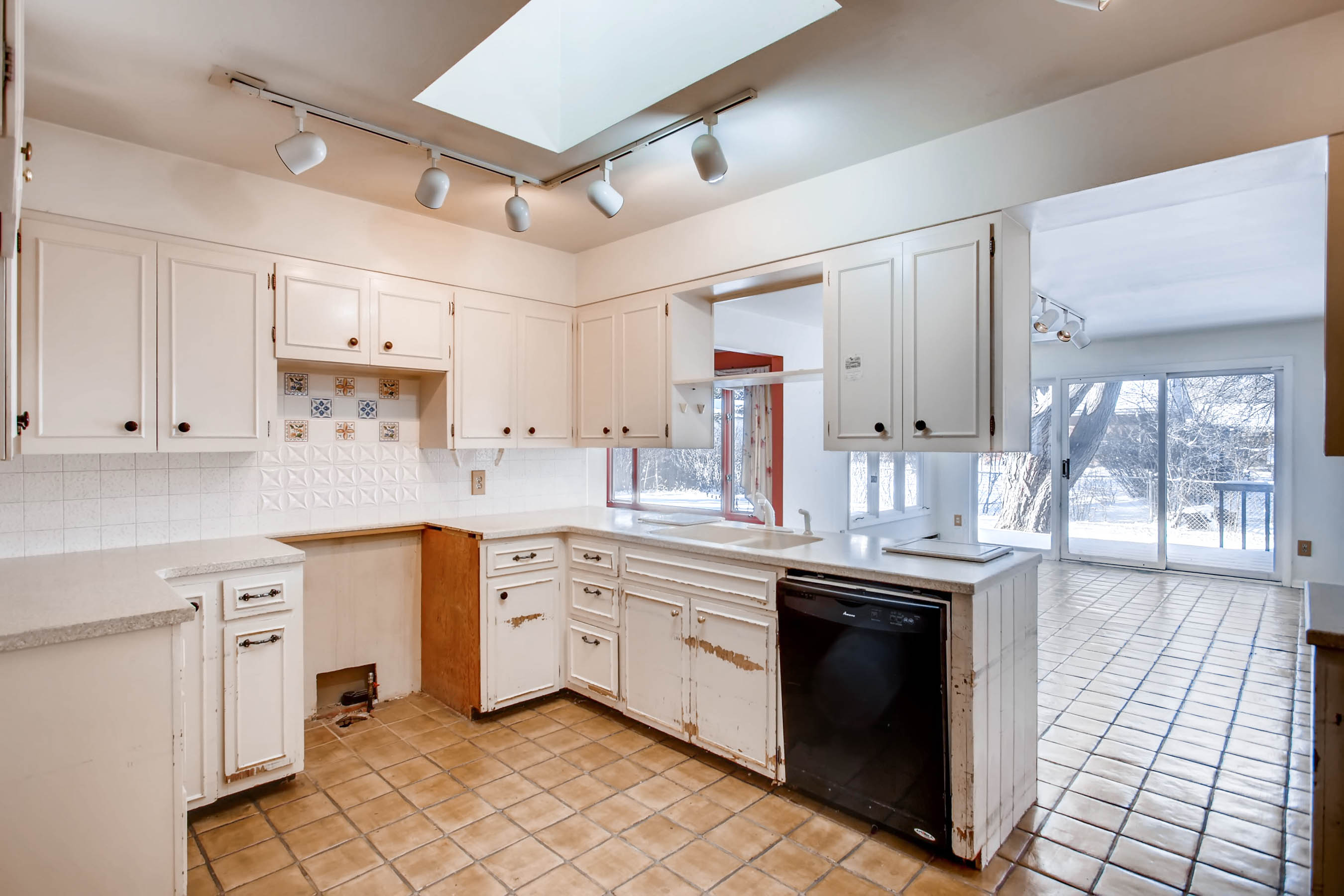11 Ways to Uncover Your Personal Color Palette
Where do you find the colors you love? And just because you love a hue, does that mean it’s right for your walls? Let’s take a closer look at color inspiration. Here you’ll find tips for how to get your creative juices flowing and zero in on the color palettes that speak to you.

Colors 1: Lear & Mahoney Landscape Associates, original photo on Houzz
1. Be inspired by a landscape you love. Choosing your paint colors based on hues that occur together in nature takes some of the guesswork out of paint picking. The beach is the quintessential example of taking the landscape to a color scheme — the hues of sand, water and sky work beautifully as paint colors, as well as on furniture and accessories.
2. Snap pictures of colors that inspire you on walks and travels. Carry a camera and capture those little details that inspire you as you see them. Taking quick snapshots with your camera phone is fine — the point is more in the noticing than in the quality of your pictures. Sometimes the spirit of a place really shines through in the colors used there, so mine those old vacation photos for inspiration, too.

Colors 2: Holly Marder, original photo on Houzz
3. Notice the subtle hues that move you. Not everyone is drawn to bold, clear colors; that is only one small slice of the spectrum. Pay attention to the subtle hues and particular shades that move you, as these can become great color palettes. Perhaps you are drawn to the rich browns of worn leather and old wood. If you love blue, is it midnight, pale aqua or French blue? Get specific.
4. Try doing a color-a-day experiment. This practice is a workout for your creativity and visual sense. Look for shades of one color to photograph each day, until you have covered them all. Keep your eyes peeled for pretty veggies in the produce bins, graffiti on a brick wall, a row of colorful binders in your office — nowhere is off-limits.
Related: Energize Your Home Office With Bold Color

Colors 3: Envi Interior Design Studio, original photo on Houzz
5. Look to the branding of good restaurants, shops and other businesses. Shops are often great places for finding color schemes, since great care was taken to design them in an appealing way. The next time you walk into a shop or restaurant and find yourself really enjoying the atmosphere, stop and ask yourself why. Take a closer look at your surroundings — is it the paint color that makes you feel good? Try to begin naming what really works for you.
6. Pay attention to shop displays. When you’re inside a shop, pay special attention to beautiful displays of objects and flowers — especially color combinations that catch your eye. Notice which color was used in a larger swath and which color punctuates the arrangement. For instance, you may be drawn to a display of sunshine-yellow mugs, but upon further thought realize it’s the deep blue tile wall in the background that really makes it for you.

Colors 4: Shannon Malone, original photo on Houzz
7. Consider the architecture of your home and the region you live in. What colors are typically used to play up the sort of house you have? Noticing doesn’t mean you have to follow suit, but it can help guide you in your process. Southwestern homes, for instance, tend to feature rich earth-tone colors, which complement the landscape beautifully.
8. Aim to complement what you already own. Look at what you already have in your home — do you tend to be drawn to bright, statement-y furniture with bold colors and patterns? If so, you may want to stick with neutral walls that won’t compete. If your furniture taste runs to white, white and more white, perhaps a subtle (but not white) neutral would add interest to your clean aesthetic. Assess the finishes in your home (floors, counters etc.) as well, since you can use them to find complementary wall colors.
Related: Find the Perfect Complementary Neutral Colors to Use Here

Colors 5: Eclectic Books, original photo on Houzz
9. Cast a wide net in what you read for inspiration. Decorating books are wonderful, of course, but also consider looking to graphic design, photography and garden books, and all sorts of magazines for inspiration. Save images that call out to you and begin a collection.
10. Experiment with inspiration boards. A board that works for another person may not work for you — so try out different methods until you hit on something that feels fun. Some may love the physical act of cutting and tacking up tear sheets to a board; others may find that fussy. Collect items in a tray or basket, create an ideabook on Houzz, slide your finds into a binder or stuff everything into a big folder.
Related: Store Paint Swatches in a Brand New File Cabinet

Colors 6: Cynthia Lynn Photography, original photo on Houzz
11. Learn to translate what you see. Picking colors for your walls is a highly personal process. The best way to learn about what works for you is to start paying more attention to color … everywhere. Whether you are choosing colors on your own or working with a pro, this will hone your color sense and make picking paint a better experience all around.
By Laura Gaskill, Houzz
The post 11 Ways to Uncover Your Personal Color Palette appeared first on Fort Collins Real Estate | Fort Collins Homes for Sale & Property Search.












































